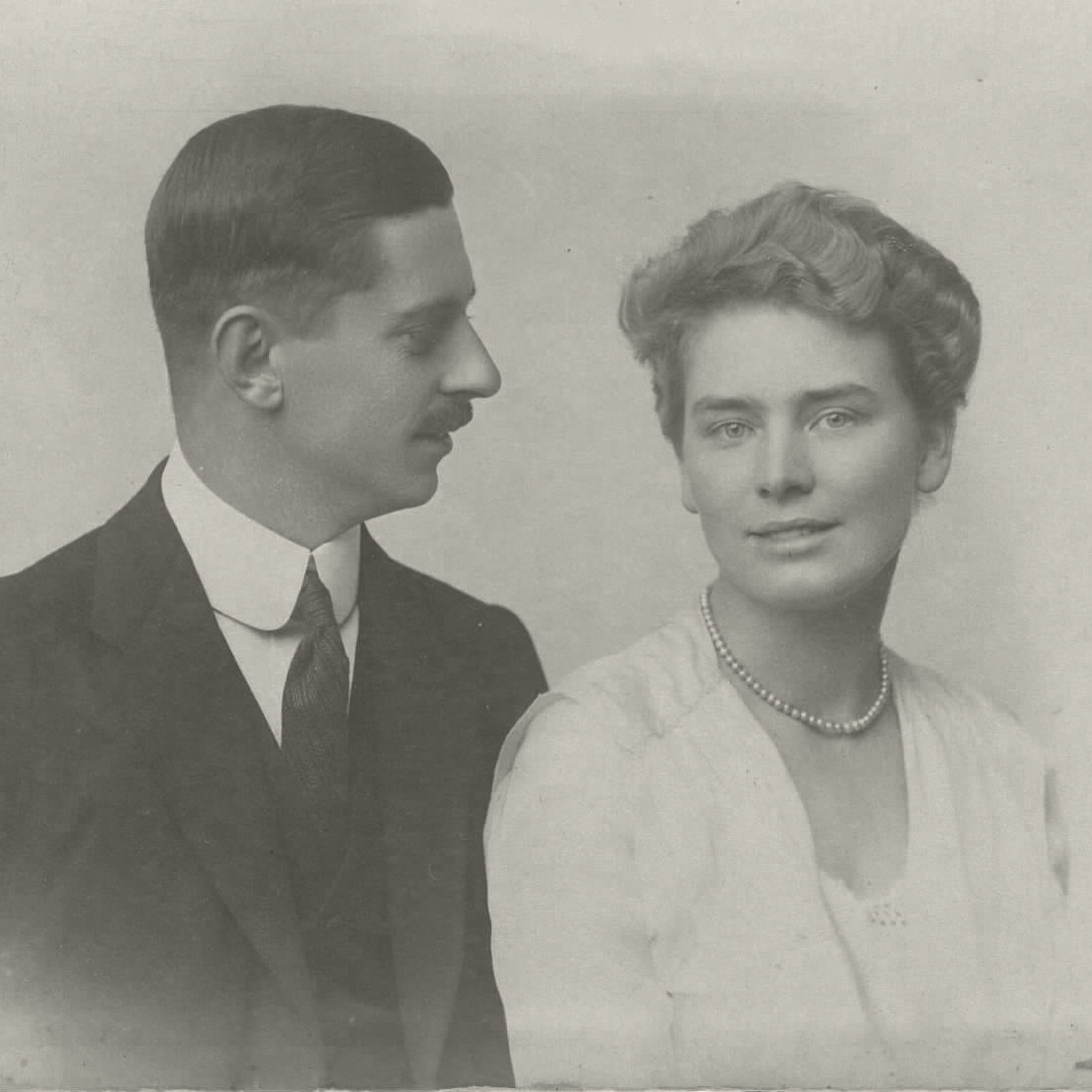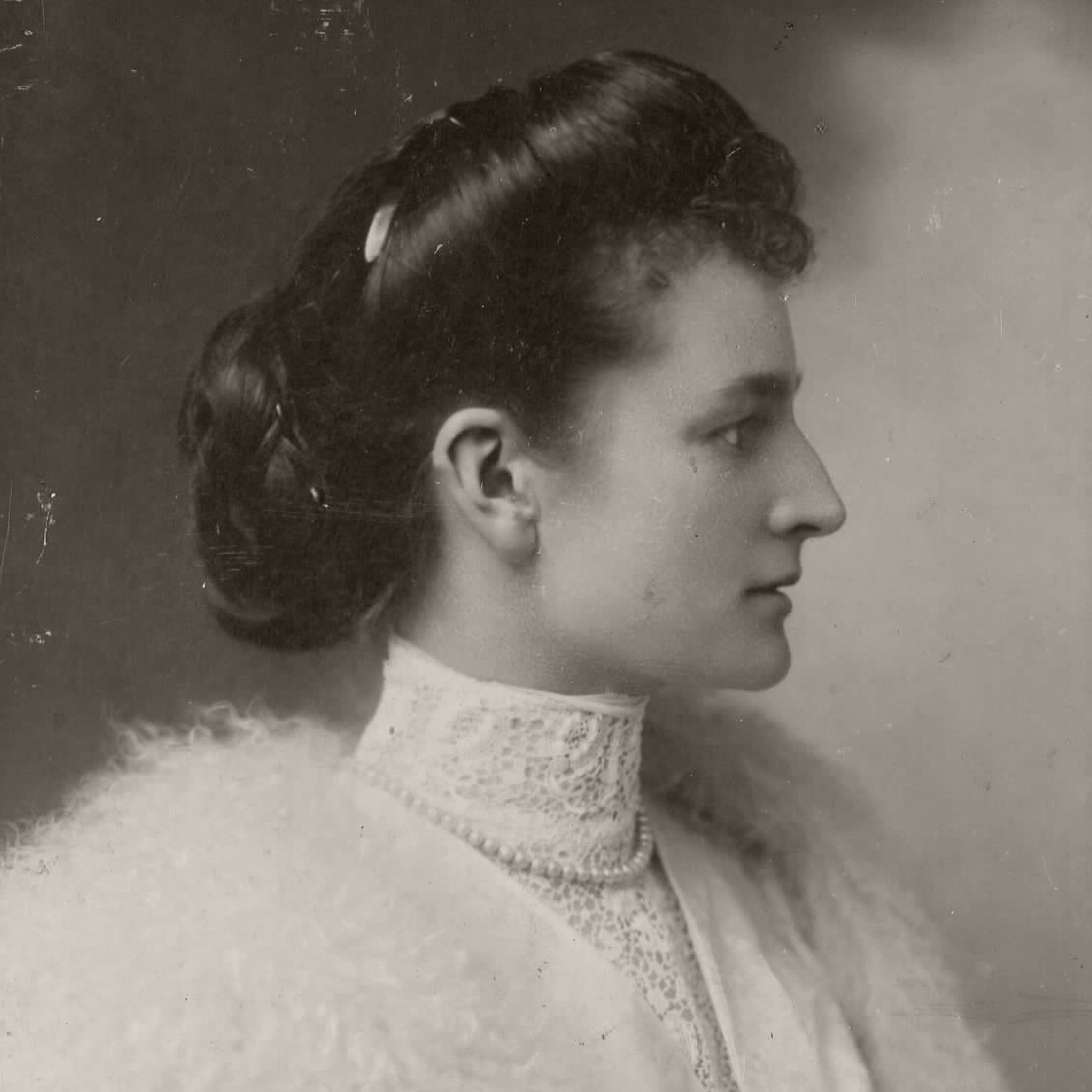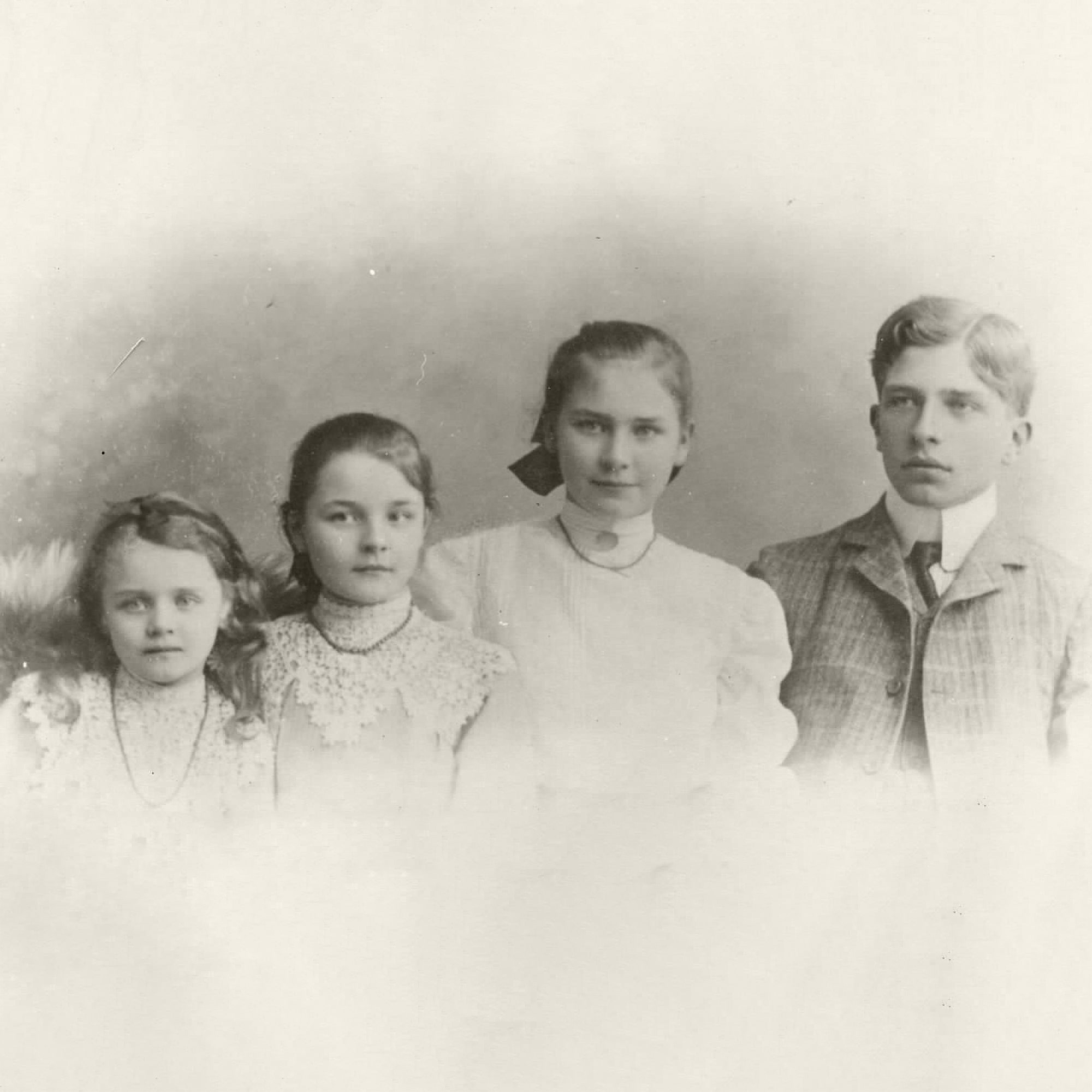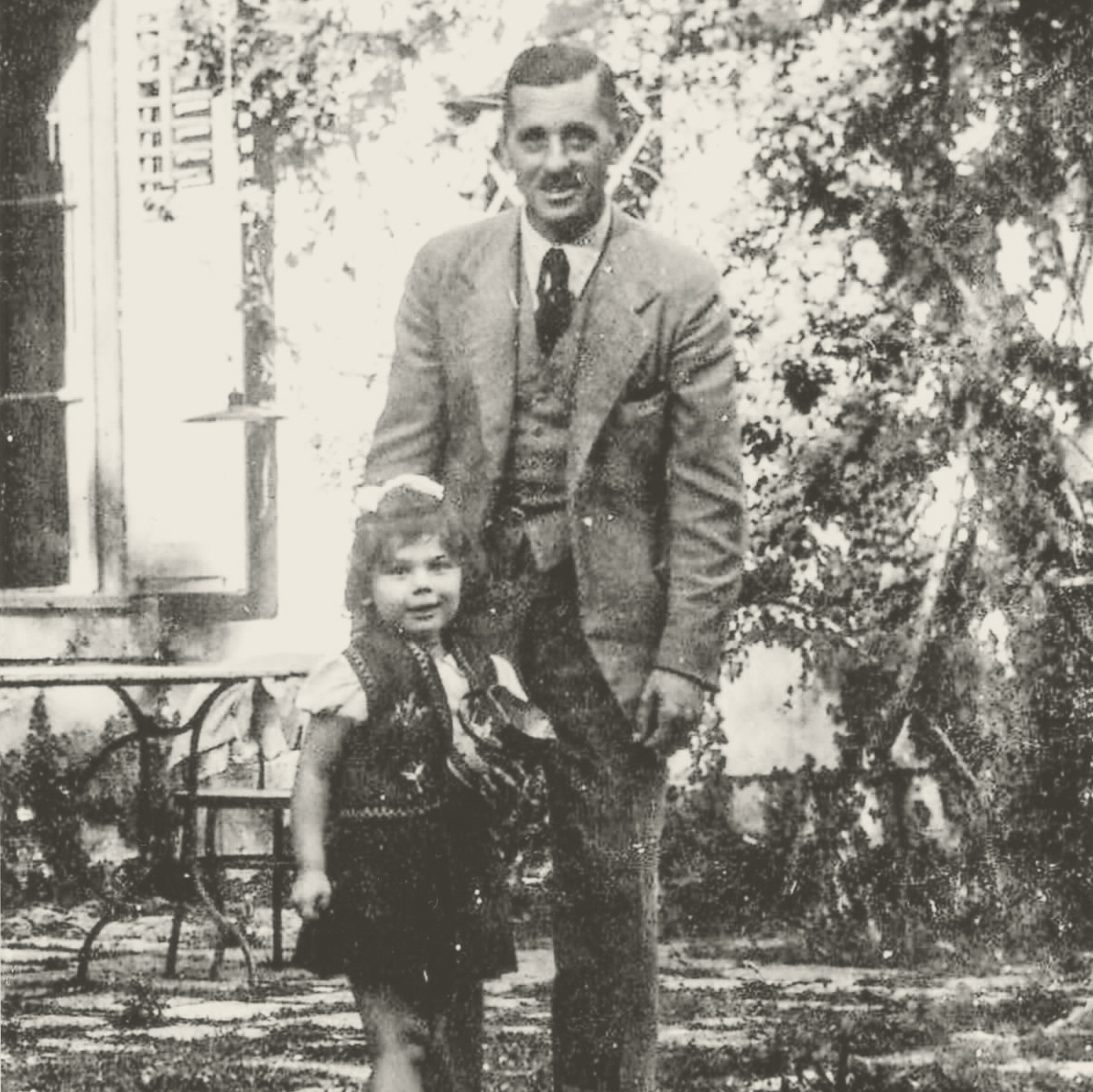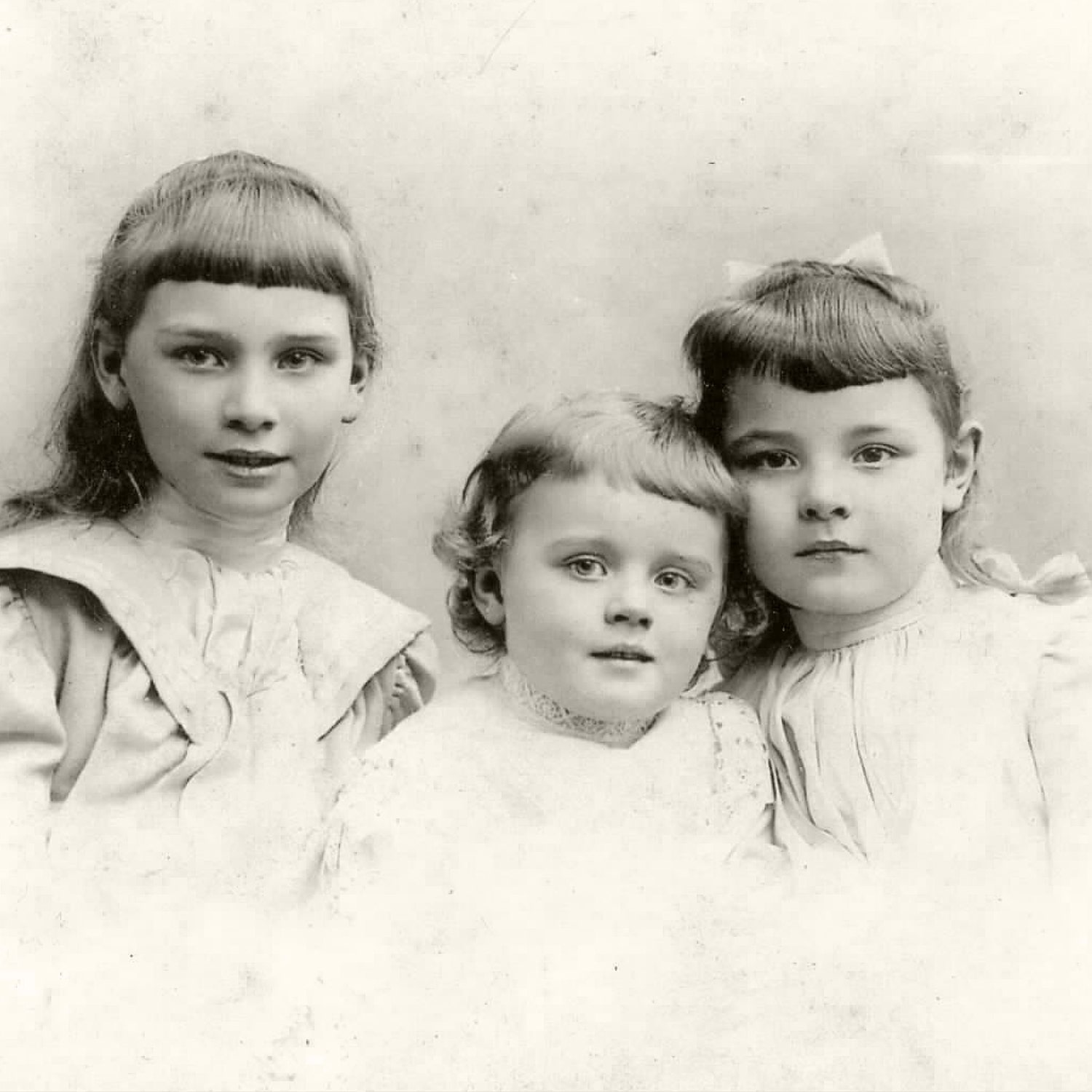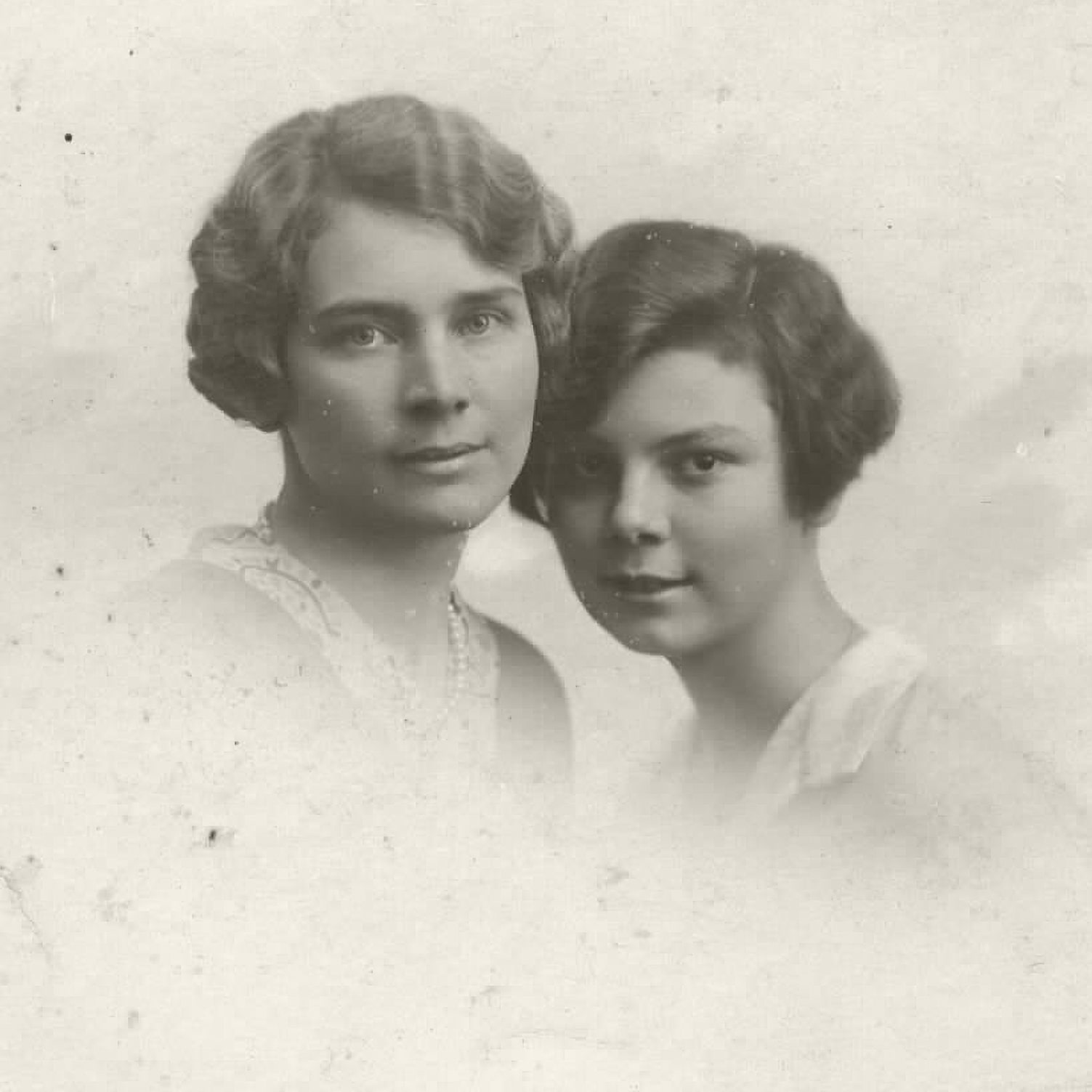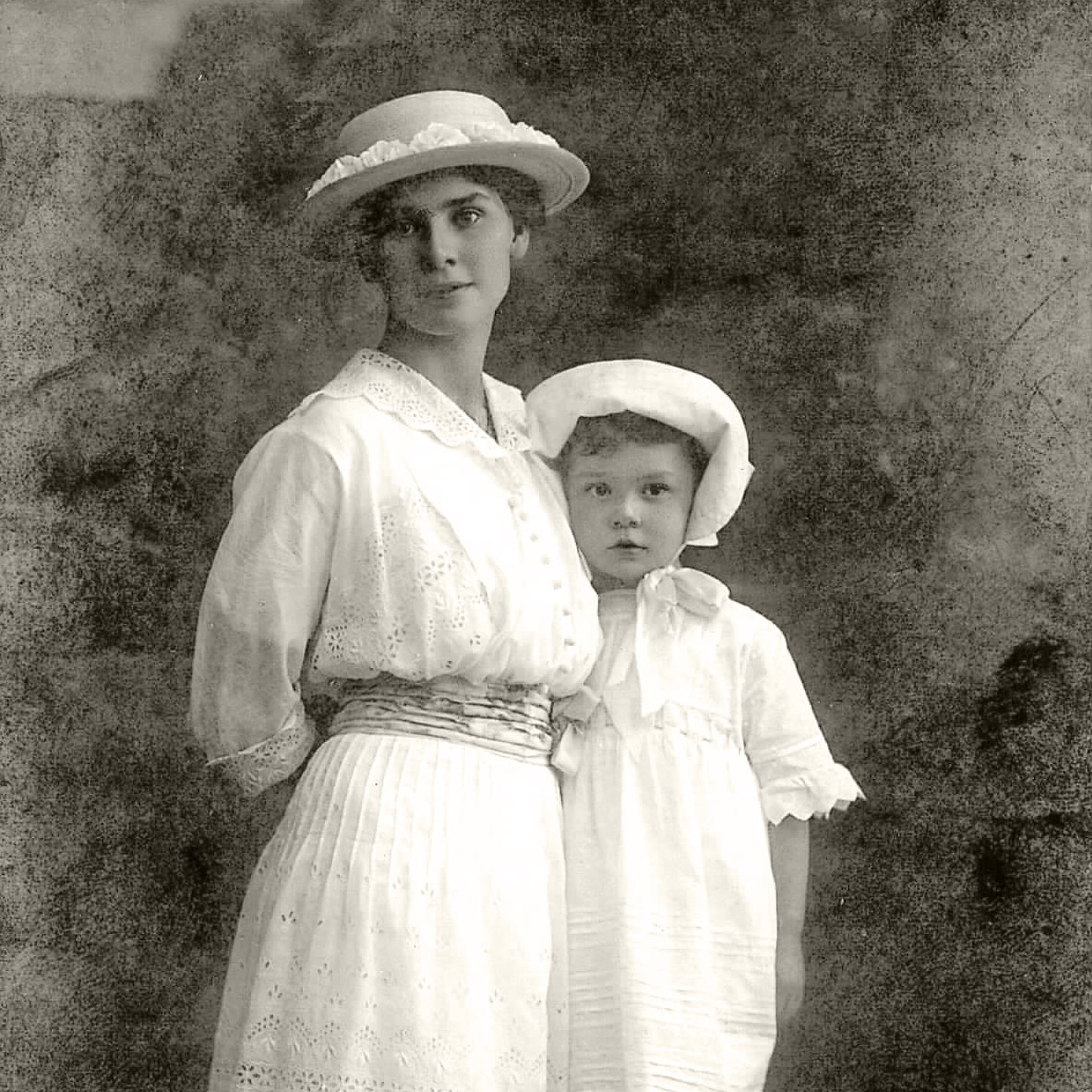History
Villa Pace embodies centuries of European history, family affairs and architectural remakes in a cultural and innovative microcosm.
In the heart of the Friulian plain, Villa Pace stands majestically in the center of the small rural village of Tapogliano, in the province of Udine. This centuries-old mansion is in a privileged location, close to three UNESCO sites: Aquileia with its extraordinary remains of the Roman empire; Palmanova, the “starry city” founded by the Serenissima Republic of Venice in 1593, famous for its nine-pointed polygonal plan; and Cividale, the cradle of Longobard culture. Also nearby is Grado, a historic beach of the Habsburg Empire.
Villa Pace, a silent sentinel of centuries of history, interweaves love affairs, war and peace, with the great European narratives. The Villa is set in the center of a park surrounded by stone walls and guarded between two barchesse, one to the east and one to the west, witnesses to a fervent economic, social and cultural life.
The Pace family, which came to Friuli in the late 1200s in the wake of the Della Torre family, driven out by the Visconti from the lordship of Milan, prospered first in the service of the Patriarchs then in the service of the Habsburgs, gaining a prominent position at the court of Vienna. It was Count Carlo Maria Pace Field Marshal of Leopold I of Habsburg, who commissioned the Tapogliano Villa built in the second half of the 17th century. Villa Pace, cubic in shape with four corner towers, embodies the vision of Count Pace, who earned the title of Baron of the S.R.I. and the privilege of including the double-headed eagle in his coat of arms, for his involvement in the wars against the Turks, from the liberation of Vienna (1683) and Budapest (1686) to the decisive battle of Zenta (1697).
Walking through the rooms of the Villa, one is enveloped in the charm of history. Venetian stuccoes dialogue with Rococo-style lounges and angular fireplaces from the Central European tradition, blending influences that come as much from Venice as from Vienna. The present is not derived from the past, but contains it. Italo Svevo, born in Trieste in 1861, wrote this in one of his most famous novels, The Conscience of Zeno. The Trieste writer’s expression captures the essence of Villa Pace, which invites you to immerse yourself in a present that contains all the richness of its history.
A century after its construction, around the mid-18th century, the Villa underwent a major makeover by another Carlo Maria Pace. This time it was not a fighter, but a famous agronomist, Commander of the Order of St. Stephen and Chamberlain to the Emperor, who gave the Villa its present appearance. In 1747, Charles Maria Pace married Juliana of Edling, one of the favorite ladies of Maria Theresa of Austria (the first woman to ascend the Habsburg throne). Family tradition has it that the sovereign agreed to the wedding on the condition that the count would build his lady a dwelling worthy of her rank. Respecting this pact and out of love for Giuliana, Count Maria had an ellipsoidal staircase built from the entrance hall to the main floor and in particular to the magnificent double-height ballroom, considered among the most beautiful in Friuli. The 1750 painting on the ceiling depicts The Glory of the Pace Family (from the motto justitia et pax osculate sunt) a work attributed to Antonio Guardi, but most likely made instead by Scajaro, a pupil of Tiepolo. In the sumptuous Rococo salon, one savors the microcosm of styles thatcaracterize the Villa, under the gaze of Maria Theresa, depicted in a fine painting by Karl Heinrich Brandt. The memory of the sovereign of Vienna is alive in this borderland, Friuli Venezia Giulia, which has always been a crossroads of mutually enriching cultures. Indeed, Maria Theresa, daughter of Emperor Charles VI of Habsburg, continued her father’s work by transforming the port of Trieste into the empire’s largest trading port. To her we owe the city’s multiethnic soul, its commercial and maritime vocation and the start of an extraordinary era of modernization that saw her implement reforms in the educational, institutional and financial spheres. During her reign, the Julian city was transformed into the splendid Central European reality we know today, thanks to a genuine demographic, economic and social boom. Trieste’s transition from a small town to a major center of European and international trade would not have happened without the Sovereign’s farsighted work during her 40-year reign.
And as in all aristocratic residences in eastern Friuli, Villa Pace also guards a room known as the “Empress’s” room: a bedroom reserved for the event that the Empress (or Emperor) honored the house with their presence. The Empress’ room is not only a symbol of deference to the Habsburg crown, but also a treasure trove of family memories. Inside are two paintings of great historical and sentimental value: one portrays Bernardino Pace, while the other depicts his wife Teresa of Abensberg und Traun, an extraordinary female figure in the family’s history. For Teresa was not only a writer and poet, but she also distinguished herself as an able administrator of the family estate. Her competence and reliability were such that she not only managed the Pace estate, but was also entrusted with church property and that of other village families during the tumultuous passage of the Napoleonic army.
History has not always been kind to Villa Pace, which at the passage of the front during both world wars, suffered damage, alterations and looting like almost all historic residences on the war fronts. An important record of this turbulent period has emerged from the State Archives in Gorizia: a photograph showing Generals Armando Diaz and Luigi Cadorna having lunch in the Villa’s grounds, bearing witness to the fact that an Italian military command was based there. However, fate later led Villa Pace into a more fortunate present. Through the winding paths of history and from generation to generation, the mansion came into the hands of Giacomo de Pace, a structural engineer, and his wife Teresa Perusini, a restorer and art historian. Over the past two decades, Giacomo and Teresa have undertaken an ambitious restoration of the Villa, which has uncovered unexpected treasures. The synergy between engineering expertise and art-historical knowledge has made it possible not only to preserve the Villa’s static integrity, but also to rediscover and enhance its hidden heritage. In particular, in one of the rooms on the main floor, after remaining hidden for years under layers of plaster, wall paintings depicting a rural landscape and the ports of Toulon and Marseille have been brought to light. These works are faithful reproductions of engravings by Giuseppedell’Acqua, based on paintings by French painter and engraver Joseph Vernet. Research carried out in identifying these paintings also revealed another interesting detail, namely that Carlo Maria Pace was one of the first Friulian nobles to invest a substantial sum in the enterprise of Manasse Morpurgo, who in those years founded Assicurazione da mar, which would later become Assicurazioni Generali.
But the most surprising discovery occurred in one of the rooms in the east tower. Here was found what is most likely the oldest depiction in wall painting in Italy of The Travels of Captain James Cook, one of the most famous explorers of the 18th century. The model for the depiction is taken from the anti-portions of the first Italian edition of The Travels of Captain James Cook published in Naples in 1784. Even more extraordinary is the discovery of four other scenes that derive from the frontispieces of the Histoire philosophique et politique des ètablissemens et du commerce des europeéns dans le deux Indes by l’Abbé Raynal, a friend of Diderot who wrote in 1774 what is one of the first anti-slavery books published in Europe. This book put on the index by the ancien regime, finds a striking visual echo on the walls of Villa Pace. Although these murals are not of exceptional artistic quality, their iconographic value is inestimable. They represent not only a window to distant worlds and different cultures, but also tangible evidence of the Enlightenment thought and progressive currents that circulated in Europe in the 18th century.
The journey through the wonders of Villa Pace leads us to another room on the ground floor, facing east, which once housed the precious library of Carlo Maria Pace. This library collection served not only as an ornament to the Villa, but constituted a true cultural treasure that Carlo Maria wanted to bind to the fedecommissum along with the landed property and the Villa. The fedecommissum, a legal institution of the time, allowed the family patrimony to remain intact through the generations, obliging the heir-usually the eldest male-to preserve and transmit the property to the designated successor. In the case of the library, however, Charles Mary wanted it-while remaining in undivided ownership to the eldest son of each generation-to be open for study to all family members and scholars who requested it. For the time, a truly modern interpretation of a family library. Carlo Maria Pace’s library was a gem of erudition and bibliographical rarities of 12,500 volumes among which stood out more than 400 incunabula and several manuscripts. This literary wealth testified not only to the breadth of the Pace’s cultural interests, but also to their role as patrons and custodians of knowledge in a border region like Friuli. Unfortunately, as often happens in history, this cultural treasure also suffered from political and social changes. With the advent of Napoleonic laws and the subsequent abolition of the fedecommissum in 1824, the four Pace brothers decided to sell “the magnificent and choice library” (as contemporaries called it). The dispersal of this important book collection represents a priceless loss not only for Villa Pace, but for the entire cultural heritage of the region.However, thanks to a fortunate discovery in the State Archives of Gorizia, it has been possible to recover at least the complete list of books once kept in the library. Valuable editions and works spanning centuries of human knowledge paint the portrait of a family immersed in the culture of its time and projected toward vast and varied horizons of knowledge. The story of Villa Pace’s library, with its past grandeur and dramatic dispersal, adds another layer of depth to the already rich narrative of this mansion, and makes us reflect on the inestimable value of cultural heritage and its preservation.
Villa Pace is complemented by the presence of two barchesse, – located to the east and west, respectively – which once formed the hub of the estate’s agricultural activity. These structures have also undergone renovations in recent years that have preserved their appearance while modifying their functions, because it is well known that only what is used can be preserved. The eastern barchessa in particular housed a flourishing silkworm farm. Precious silkworms were bred here, giving rise to a production renowned for its quality. Indeed, silkworm breeding was an important source of income for the estate and also testified to Villa Pace’s role in the economic context of 18th-century Austrian Friuli. Today this barchessa has undergone a significant metamorphosis. Where once the rustle of silkworms could be heard, now the clink of bottles resounds in the refined champagnery that houses the Perusini winery’s wines. Teresa Perusini, in addition to her role as conservator and art historian, is in fact the inheritor of a prestigious winemaking dynasty (in fact, the Perusinis are one of the 50 Italian families included by Luigi Veronelli in 1986 in his Historic Italian Wine-growers). This transformation of the barchesse goes beyond a simple change of function: it is a symbolic bridge connecting the ancient wealth of silk to contemporary wine-making excellence, in a continuum of tradition and innovation. ThePerusini winery, managed today by Giacomo and Teresa’s three sons-Tommaso, Carlo and Michele-embodies the continuation of a tradition of excellence with roots as deep as those of the mulberry trees that once nurtured silkworms. In the Villa’s park, a majestic 250-year-old mulberry tree stands as a living witness to this bygone era. The other barchessa, on the other hand, has been cleverly converted into elegant private accommodations, offering guests the unique opportunity to stay in historic spaces, immersed in the centuries-old atmosphere of Villa Pace, while enjoying all the modern comforts. This fusion of history and tradition – from fine silk to excellent wines, from farm spaces transformed into cozy accommodations – perfectly embodies the spirit of Villa Pace: a place where the past is never static, but continues to live and transform.
Those who do not turn their eyes to the past cannot peer into the horizon of the future. Villa Pace embodies this truth. Humanity is woven into a historical continuum, a golden thread running through the fabric of time, inextricably linking past, present and future. In the delicate balance between the custody of memory and the boldness of innovation lies perhaps the most valuable lessonthat this noble home offers: true greatness lies in the ability to honor the legacy of the past while shaping, with a steady hand and bold vision, the destiny of tomorrow. That is why Teresa and Giacomo wanted to have Gustav Mahler’s beautiful phrase, “Tradition is custody of fire, not worship of ashes,” written above an entrance door to the Villa.
